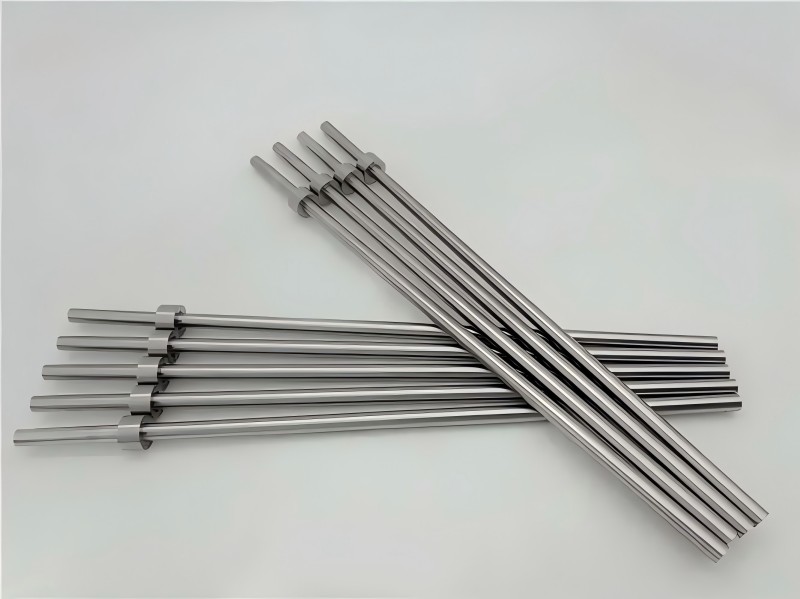Processing requirements for insert pins of precision mold parts

The insert pin is one of the precision mold parts. The insert pin plays a role in enhancing the strength of the ejector pin and preventing the ejector pin from deformation or breaking. As one of the important precision mold parts in the mold, the quality of the insert pin has a great impact on the normal operation of the mold, so the insert pin has high requirements in processing. The insert pin must meet the following six requirements during processing. Here are the answers for you:
1. The insert pin should have strong toughness:
The working conditions of the insert pin in the mold are very bad, and it often has to withstand huge impact force, so it is easy to break. Therefore, in order to prevent the mold insert pin from suddenly breaking during work, the insert pin must have high strength and toughness. The toughness of the insert pin is mainly determined by the carbon content, grain size and organizational state of the material, so the selection of the insert pin is very important.
2. The insert pin should have wear resistance:
When the insert pin is plastically deformed in the mold cavity, it slides continuously along the cavity surface, and a huge friction force is generated between the cavity surface and the insert pin, and the insert pin is very easy to wear. Therefore, the material used to make the insert pin should have strong wear resistance, which is one of the most basic and important properties of the insert pin. The hardness of the material is also the main factor affecting wear resistance. Generally speaking, the higher the hardness of the inlay pin, the smaller the wear and the better the wear resistance. In addition, the wear resistance of the inlay pin is also related to the chemical and physical form of the carbide in the material.
3. The inlay pin should have anti-fatigue fracture performance:
The inlay pin is often fatigue fractured due to long-term use in the high-intensity working process. Its forms include small energy multiple impact fatigue fracture, tensile fatigue fracture, contact fatigue fracture and bending fatigue fracture. The fatigue fracture performance of the inlay pin mainly depends on its strength, toughness, hardness, and the content of inclusions in the material. Therefore, the manufacturing of the inlay pin should select a high-quality material supplier, preferably imported materials.
4. The inlay pin should have corrosion resistance:
When some inlay pins work in plastic molds, due to the presence of chlorine, fluorine and other elements in the plastic, they will decompose and release highly corrosive gases such as HCI and HF after heating, corroding the surface of the mold cavity, making the surface rougher, causing the inlay pin to wear more severely, thereby reducing the service life.
5. The inlay pin should have high temperature resistance:
When the inlay pin works at a high temperature for a long time, the hardness and strength will decrease, resulting in an increase in the early wear of the inlay pin or plastic deformation and scrapping. Therefore, the inlay pin material should have a high tempering resistance stability to ensure that the inlay pin can work at high temperature for a long time.
6. The inlay pin should have cold and hot fatigue resistance:
The inlay pin is often in a state of repeated heating and cooling during the working process, which makes the surface of the cavity tensile and pressure variable stress, causing the surface of the cavity to crack and peel, increase friction, hinder plastic deformation, and greatly reduce the dimensional accuracy of the inlay pin, thus causing the inlay pin to be scrapped. Therefore, this type of inlay pin that often changes between hot and cold environments should have a high cold and hot fatigue resistance.
Therefore, extra attention should be paid to meet the above requirements during the processing of the inlay pin to maximize the role of the inlay pin in the mold.


